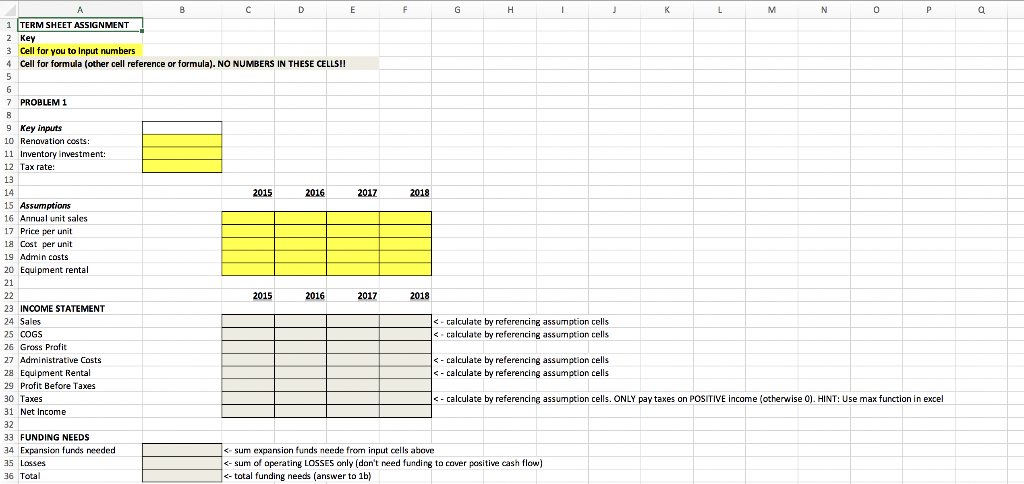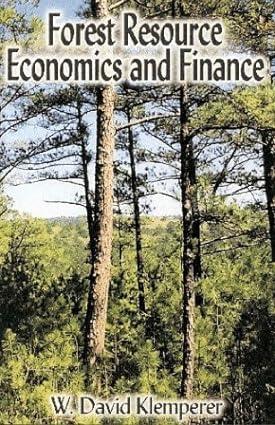Question
The Case: In 2014 Jen and Barry founded Jen & Barrys Frozen Yogurt Company, which was based on the idea of applying the microbrew strategy
The Case: In 2014 Jen and Barry founded Jen & Barrys Frozen Yogurt Company, which was based on the idea of applying the microbrew strategy to the production and sale of frozen yogurt. Jen and Barry initially began by investing $50,000 of their own money, and rented out a commercial kitchen to sell their concoctions at local street fairs and events. Although they did this largely on a part-time basis, they generated sales of $45,000 and profits of $4,500 for the year.
Due to the success of this endeavor, Jen and Barry decided to pursue additional funding to finance the opening of a brick and mortar retail operation. They found an ideal converted mill building for their retail space but it would require $100,000 in renovation costs. They estimated initial inventory requirements would be $10,000 and equipment rental costs would be $10,000 per year (note: since they will be renting the equipment they will not depreciate it).
In order to obtain financing Jen and Barry need to prepare projections for 2015 to 2018. Based on their experiences, they estimated that in the first year (2015) they would sell a cup of yogurt for $3.00 and the cost of producing each cup would average $1.50. The price per cup stays at $3.00 over the forecast period, but the cost per cup DECREASES by 10 cents each year.
Here are some other assumptions they are making:
-
Annual unit sales:
o 2015: 40,000 o 2016: 80,000 o 2017: 100,000 o 2018: 120,000
-
In 2015 administrative costs will be $75,000 and will be 40% of revenues in each of the next three years.
-
The tax rate is 25% of profit before taxes in years with POSITIVE net income. If profit before tax is a loss assume they pay zero taxes (no rebates either).
PROBLEM 1
a.) Prepare FOUR YEAR INCOME STATEMENT projections for Jen & Barrys. Before your actual income statement enter ALL ASSUMPTIONS you will be using to create your projections. NOTE: Do NOT hardcode any numbers in your projections! Instead, reference the cell with your assumptions as needed. Be sure to label your answers on your spreadsheet so I can find them easily!
B.) Calculate the TOTAL FUNDING NEEDS. This will consist of start up costs PLUS net losses. Assume their initial investment has been used up and is not available for future funding needs.
PROBLEM 2
Jen and Barry are also exploring the possibility of seeking angel funding. They were impressed with your financial projections so they have asked you to stay on as financial advisor. They would like you to use the projections you calculated in Problem 1 as a basis for a Discounted Cash Flow analysis. Here are some other things you will need to know to prepare the DCF.
-
Use a risky rate of return of 40%
-
Assume that the perpetuity grows at 5% per year beginning in the stepping stone
year
-
Use a stable rate of return of 20%
a) Use this information to calculate a PRESENT VALUE of the future cash flows. NOTE: Do NOT factor in the initial startup costs.
Use your answer in 2a and 1b to calculate: b) Pre-money valuation c) Post-moneyvaluation d) Percent equity given to the investor.
PROBLEM 3 ( 3points)
Jen & Barry arent so pleased with what you came up with in #2 so they have found another potential angel investor. This investor however is very skeptical of DCF analysis given so much uncertainty in the early years of the forecast. However, this investor is comfortable with your fourth year projection and mentioned something to Jen and Barry about the VC Method]. Jen and Barry also know that the investor has a four year time horizon and expects an annual return of 40%. You think a comparable company is Boston Beer Company which has a PE of 38.
-
a) Use your YEAR 4 NET INCOME and from 1a, the investment amount from 1b and the information above to calculate the equity percent Jen and Barry will need to give up to this investor. [Hint: in the spreadsheet I have you do this in two parts you first calculate the numerator (future value of the investment) and the denominator (future value of the venture).
-
b) Calculate post money valuation
-
c) Calculate premoney valuation


Step by Step Solution
There are 3 Steps involved in it
Step: 1

Get Instant Access to Expert-Tailored Solutions
See step-by-step solutions with expert insights and AI powered tools for academic success
Step: 2

Step: 3

Ace Your Homework with AI
Get the answers you need in no time with our AI-driven, step-by-step assistance
Get Started


